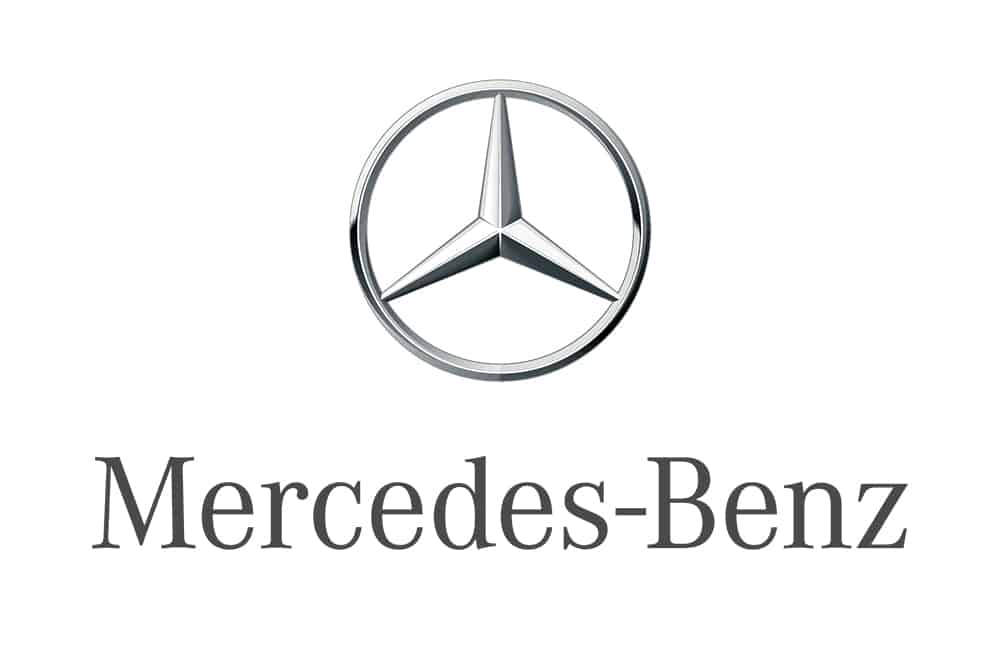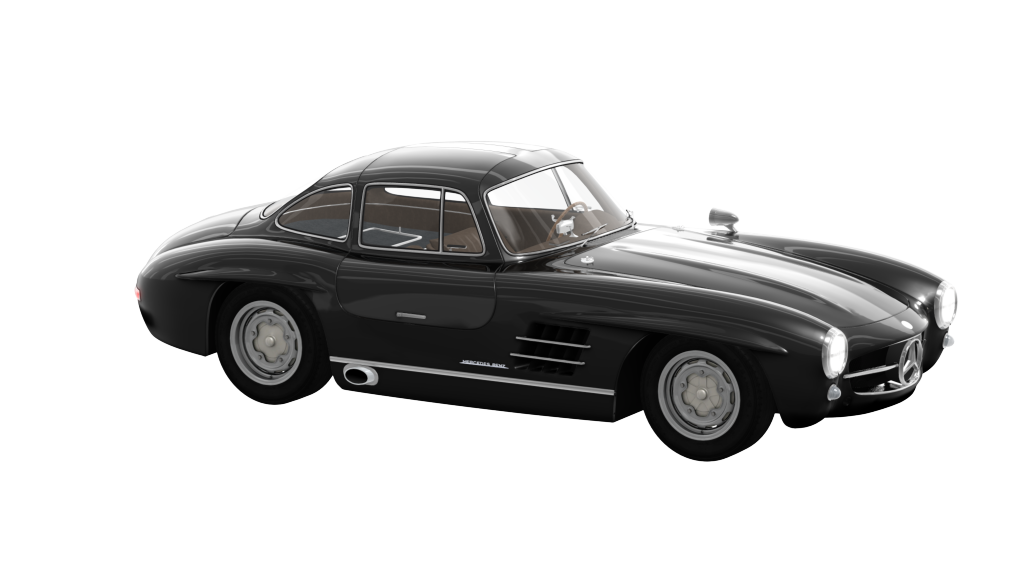Logo
Mercedes-Benz logo was initially adopted in tribute to its founder Gottlieb Daimler and the Daimler family homeland, but is there more symbolism at work here? If you ask Mercedes-Benz officials, the answer is yes:
Together, the Mercedes-Benz star’s 3 points represent the company’s drive for universal motorization — but each point also has its individual meaning. The points represent land, sea, and air — environments the company believed they would one day dominate with Mercedes-Benz engines.
The biggest change came in 1926, when the pioneering companies Daimler and Benz merged. The occasion was marked with the Mercedes-Benz 3-pointed star’s enclosure in a circle — creating the brand mark that really would go on to worldwide renown!
Company
This German luxury car making company has been around for more than a century. It is definitely the oldest auto makers in existence. Known in the auto industry for its limousines, which can be seen in the most famous movies, Mercedes Benz produces some of the best vehicles in the world.
Since the beginning, Mercedes has lead the market with an innovative combination of style and technology. With time, the company garnered an extensive list of models including luxury cars, trucks, buses, limousines and vans.
History
Mercedes-Benz was created by two visionary men with a common passion for engineering and mechanics: Karl Benz and Gottlieb Daimler. Before founding Mercedes-Benz almost a century ago, both men proved their ingenuity with their own creation. In 1886, Karl Benz built his first motorized tricycle, and a few years later Gottlieb Daimler created a horseless carriage.
Karl Benz established Benz & Cie. and Gottlieb Daimler established DMG not long after their initial inventions. In 1900, the “Mercedes” car was developed by DMG, but the brand experienced a roadblock when the war broke out in Germany, as it made gasoline unaffordable for drivers. Fast-forward to 1926, and DMG and Benz & Cie. merged into Daimler-Benz.
Around 7,000 Mercedes-Benz cars were produced in 1927, and it proved to be a profitable merger. The Mercedes-Benz W15 emerged three-years later and fast became one of the most desirable vehicles on the market. Its success was a strong supporting factor in the creation of the Daimler-Benz AG division.

